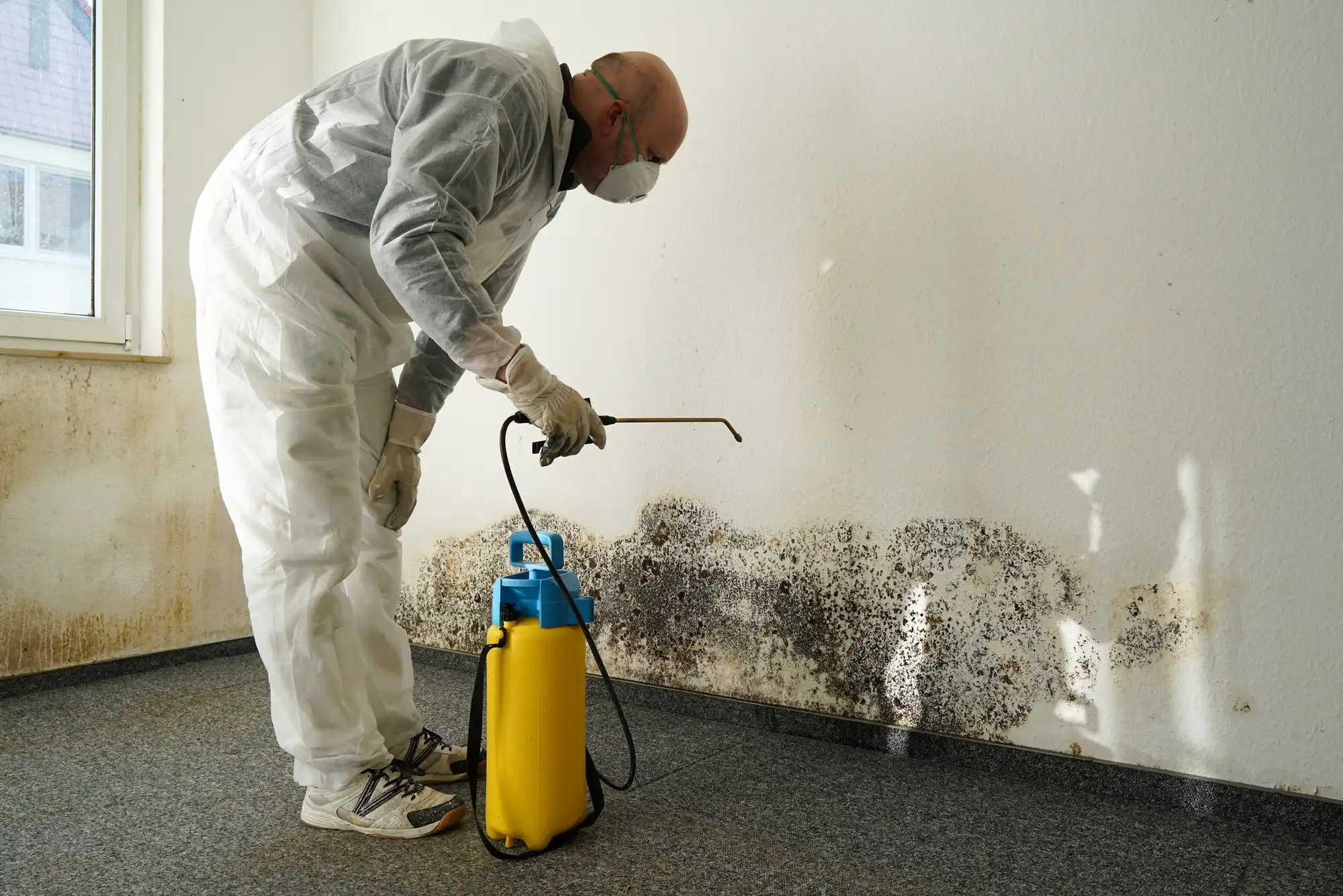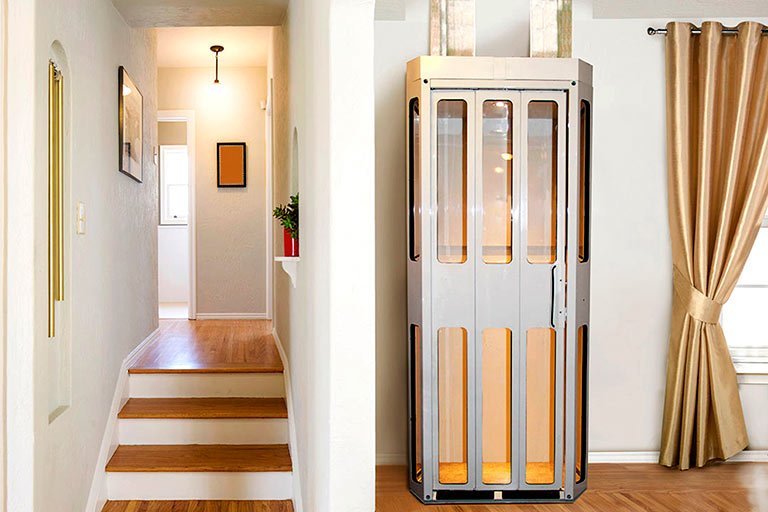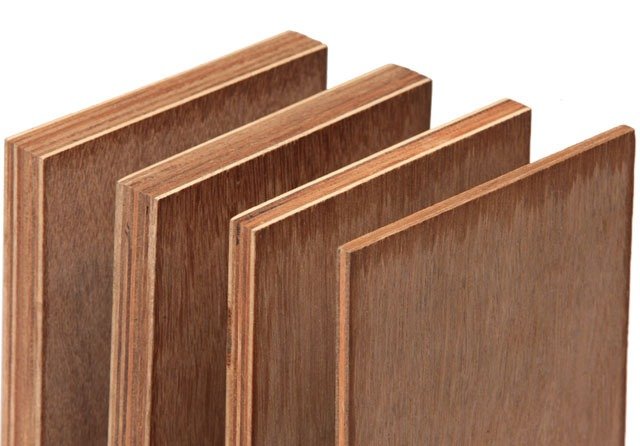Table of Contents
- Introduction to Building Insulation
- Types of Insulation Materials
- Benefits of Effective Insulation
- Energy Efficiency and Cost Savings
- Environmental Impact of Insulation
- Common Insulation Challenges
- Tips for Choosing the Right Insulation
- Future of Insulation Technology
Introduction to Building Insulation
Building insulation is critical to creating efficient, sustainable, and comfortable indoor environments. Insulation is designed to impede heat flow and keep homes warm during frigid months and cool during scorching summer days. This thermal regulation is vital for reducing dependency on heating and cooling systems, directly impacting energy consumption and costs. Insulation is a savvy investment in residential and commercial insulation projects, enhancing comfort while economizing energy expenditures.
Types of Insulation Materials
The text highlights various insulation materials available today, focusing on their unique characteristics. Fiberglass is noted for its affordability and ease of application, providing effective thermal resistance. Spray foam offers strong air barrier properties, ideal for sealing gaps and preventing air leaks. An eco-friendly alternative is cellulose insulation, which is manufactured from recycled paper materials. Every substance has benefits and downsides, so choosing one for home insulation requires careful thought.
Benefits of Effective Insulation
High-quality insulation enhances thermal comfort in buildings and reduces strain on HVAC systems by maintaining a consistent indoor climate. The insulation’s R-value is crucial, as it measures heat flow resistance. As the U.S. Department of Energy states, high R-value insulation can result in large energy savings that positively affect the environment and the economy.
Energy Efficiency and Cost Savings
Effective insulation is crucial for a building’s energy efficiency. It reduces heat transfer and leads to lower energy consumption and utility bills. A study indicates that improved insulation can decrease energy bills by up to 15%, resulting in significant long-term savings. Additionally, it enhances a building’s sustainability by lowering its carbon footprint and increasing its overall value.
Environmental Impact of Insulation
Insulation is essential to the construction of sustainable buildings because it lessens the impact on the environment. Eco-friendly materials like cellulose and specific spray foams lower carbon emissions and energy consumption while causing less ecological degradation during production. Investing in insulation is cost-effective and a responsible choice for combating climate change and promoting environmental health.
READ ALSO: Step-by-Step Guide to Roof Replacement Costs in Clermont
Common Insulation Challenges
Installing insulation has challenges, primarily related to improper installation, resulting in air leaks, reduced efficiency, and moisture issues. These problems may lead to mold growth, affecting indoor air quality and building integrity. Hiring experienced professionals for proper installation is essential to ensure optimal performance, energy efficiency, and comfort.
Tips for Choosing the Right Insulation
Selecting appropriate insulation requires considering multiple factors. The local climate, building design, and budget constraints all play pivotal roles in this decision. A high R-value might be necessary in colder climates, whereas an air barrier might be more critical in areas with fluctuating temperatures. Consulting with experts can illuminate the best options for specific needs, balancing cost with performance and sustainability. Understanding these elements enables more informed decisions, improving energy efficiency and comfort.
Future of Insulation Technology
As technology advances, the future of insulation is poised for innovation. Integrating smart insulation technologies with IoT systems represents the next frontier in building efficiency. These systems can dynamically adjust insulation properties in real time, optimizing energy consumption and enhancing the user experience. With continued development, these cutting-edge technologies promise to redefine the scope of insulation, offering unprecedented levels of efficiency and setting new standards in the industry.
YOU MAY ALSO LIKE: Why Building Automation Is a Smart Investment for Property Owners











